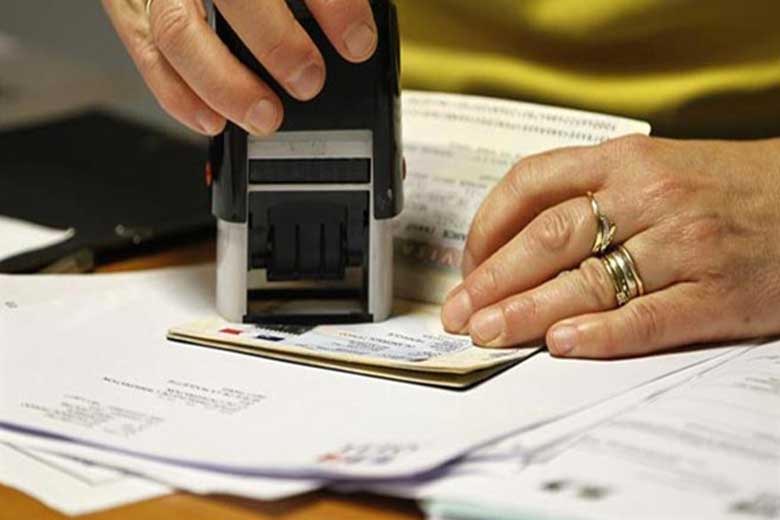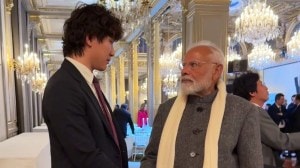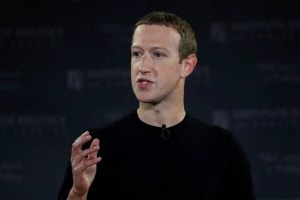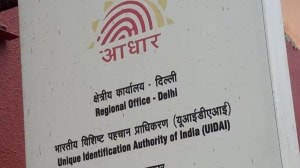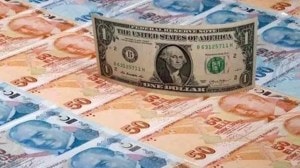Nasscom on Monday rebutted claims made by a US official that Indian IT companies were cornering the majority of H-1B visas. Contesting the numbers, the IT trade body pointed out Indian software firms accounted for less than 20% of the 65,000 work permits issued annually. Nasscom president R Chandrasekhar told FE that the trend was likely to continue. “In FY16 and FY17 too, the number of visas granted to Indian IT firms was below 20% of the total,” Chandrasekhar said.
The recent restrictive policies of the US government on the H-1B visa programme has impacted the number of applications. The number of applicants seeking H-1B visas dropped by 16% for 2017-18, with the US Citizenship and Immigration Services (USCIS) receiving 199,000 petitions for the year; applications are received in April to be processed for the current year. In 2016-17, the number of applications was higher at 236,000 and this is the first time since 2013 that the number of H-1B applications has fallen.
The USCIS — which has a fiscal year running from October to September — has temporarily suspended the premium processing of H-1B visas and it also clarified that an entry-level computer programmer would not generally qualify as a position in a speciality occupation.
A White House official had cited Infosys and Tata Consultancy Services (TCS) as examples of companies using a large share of H-1B visas through the lottery system. Nasscom said in a statement that these companies accounted for only 8.8% of the H-1B visas in FY15.
“In FY 2015, only six of the top 20 H-1B recipients were Indian companies. Further, among the companies named, the two Indian companies namely TCS and Infosys together received 7,504 approved H-1B visas, which is only 8.8% of the total approved H-1B visas,” the lobbying body stated.
US President Donald Trump has already issued an executive order seeking to review the immigration laws, especially the H-1B visa system. There are also indications that the US may discontinue the current lottery system in deciding the H-1B visas so that the only technically qualified personnel are selected on higher wages.
You May Also Want To Watch:
Nasscom said Indian IT companies paid wages higher than the minimum prescribed in the US. The average wage for visa holders is over $82,000 apart from a fixed cost of about $15,000 incurred for each visa issued, which includes visa cost and related expenses, Nasscom said. “This is over 35% higher than the minimum prescribed exempt wage of $60,000.”
According to Nasscom, there is a growing shortfall between the supply of and demand for computer science majors in the US workforce, especially in cutting-edge fields such as cloud, big data and mobile computing. The US Department of Labor estimates that there will be 2.4 million unfilled STEM jobs by 2018, with over 50% of these vacancies in IT-related positions.
However, Indian nationals get over 71% of the H-1B visas. “This is a testimony to the high skill levels of Indian-origin professionals, especially in the very coveted STEM skills category. The annual number of Indian IT specialists working on temporary visas for Indian IT service companies is about 0.009% of the 158-million-member US workforce,” Nasscom said.
The consistent stance of Indian IT companies has been that they hire locally in the US and they only employ the H-1B visas temporarily only where there is a skill gap. According to them, the global delivery business model of Indian IT companies enables significant number of American corporations to be globally competitive.
“Indian IT Industry is a ‘net creator’ of jobs in the US and supports nearly half a million jobs directly and indirectly,” Nasscom said.

